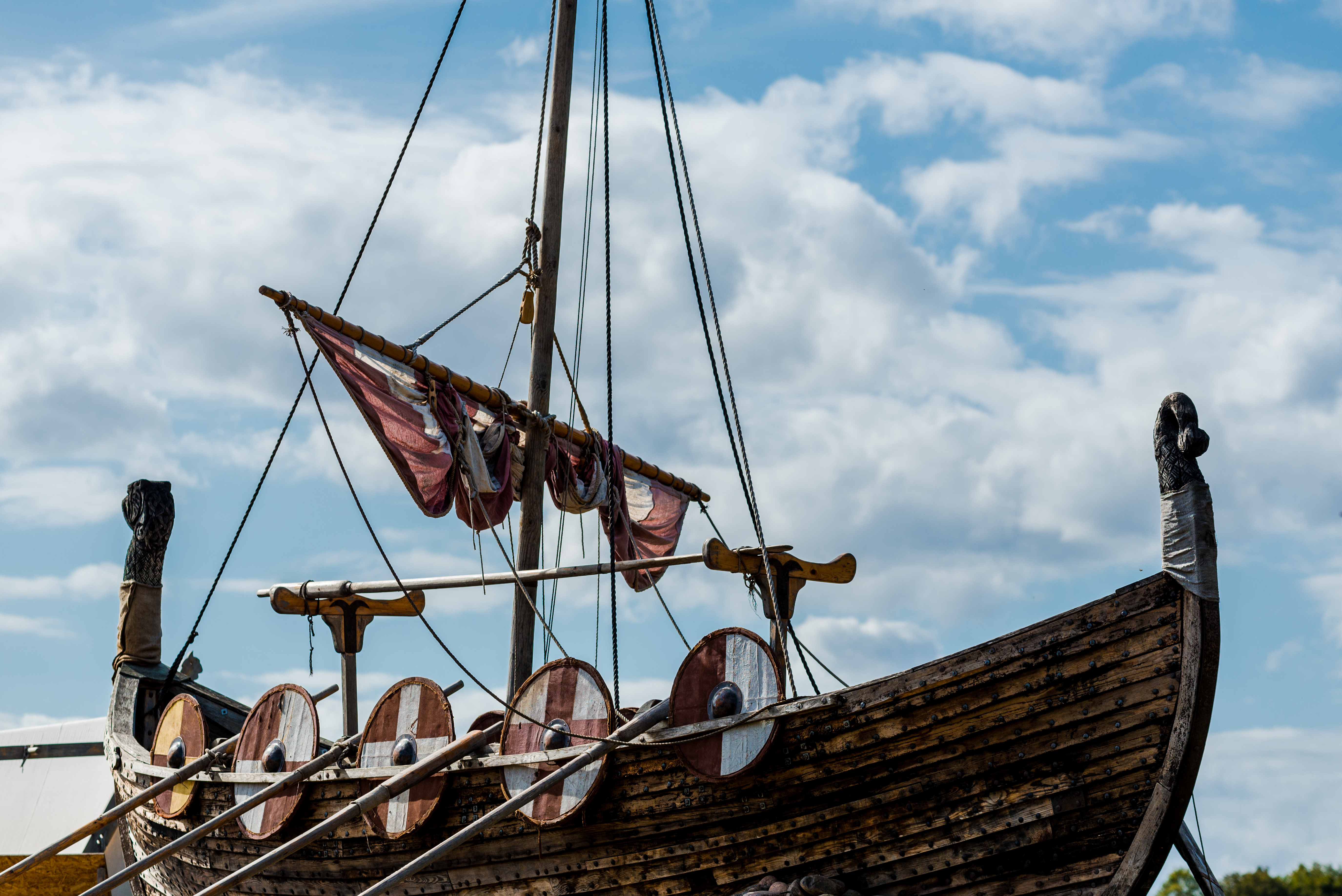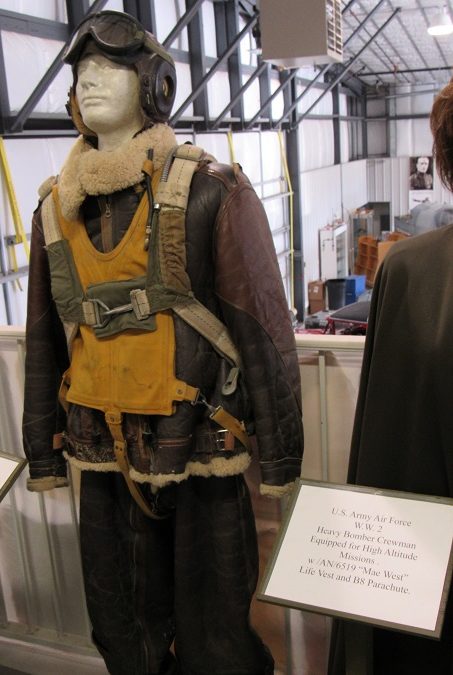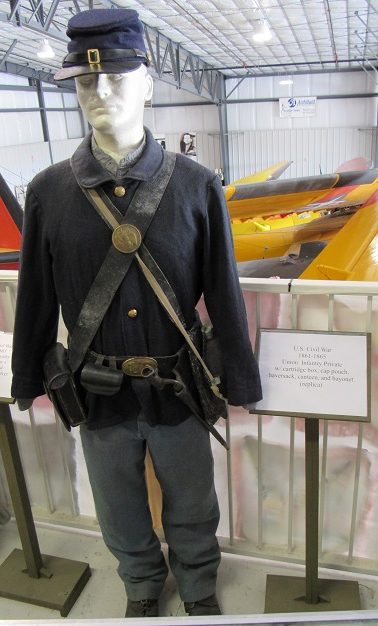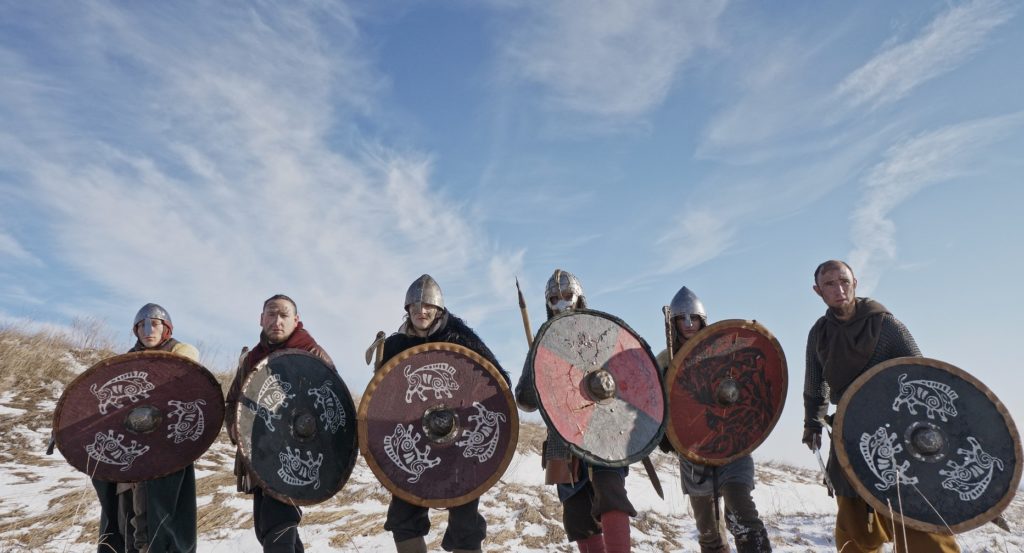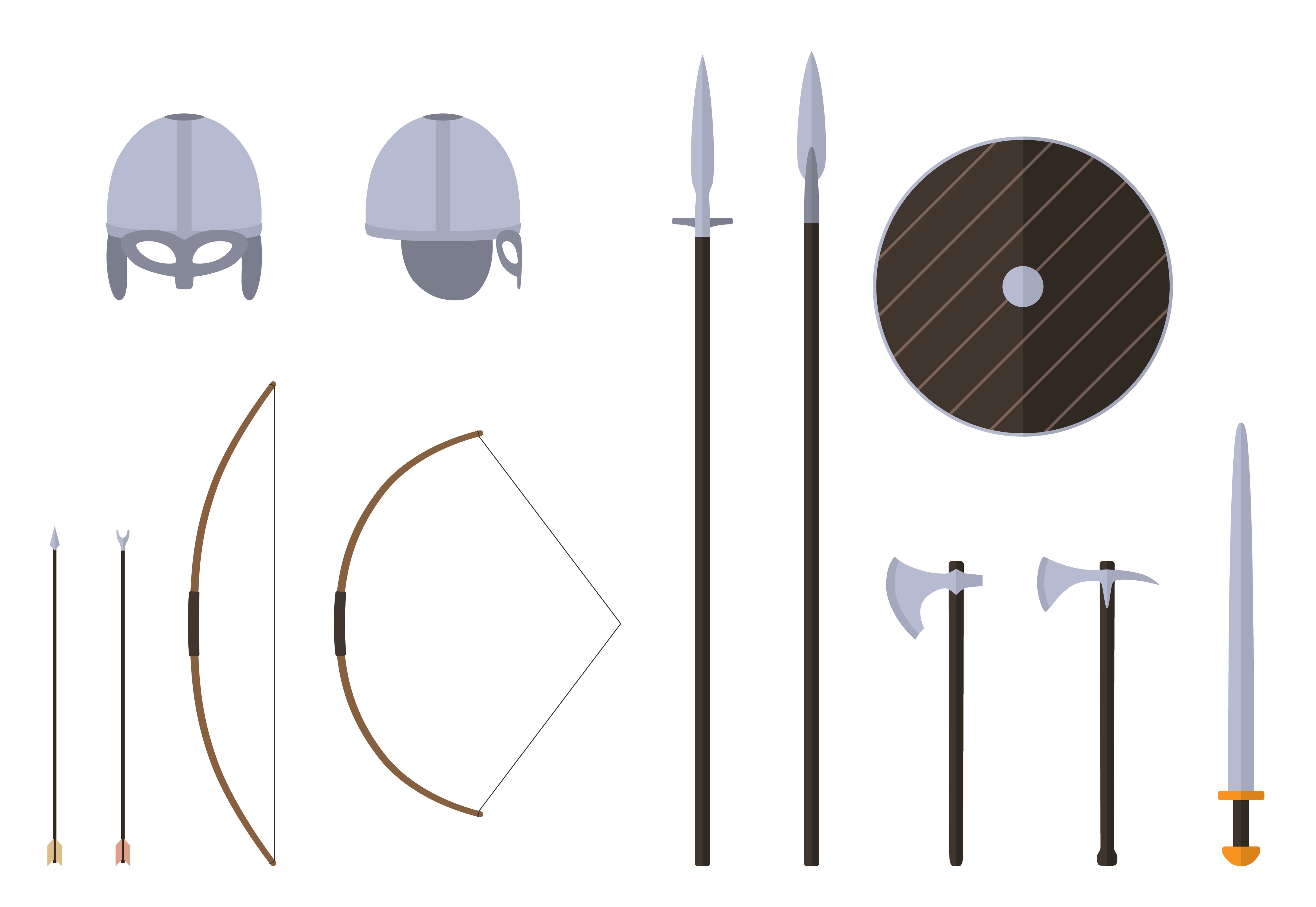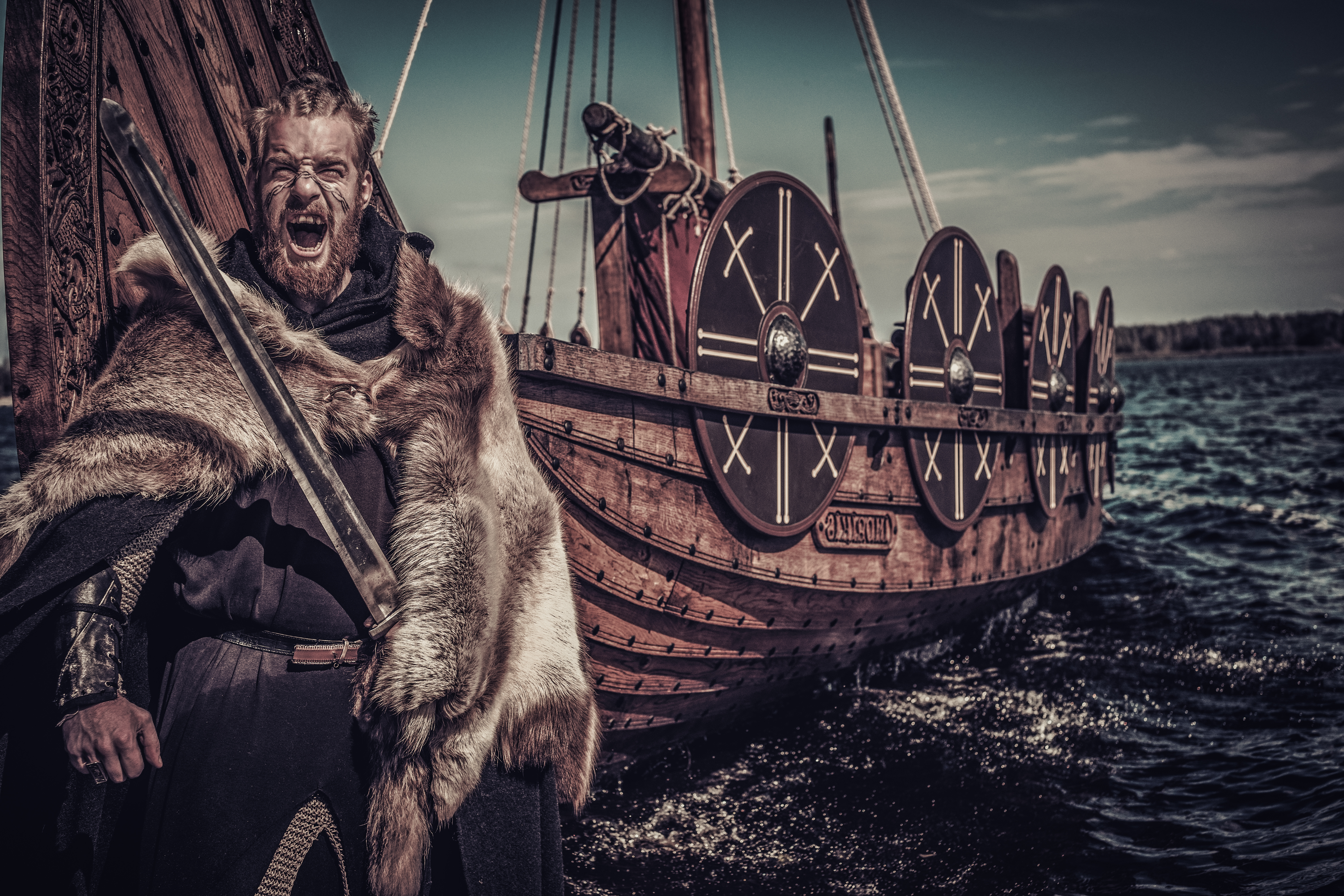More discussion of Viking era weapons, ships, money, and warfare: money

Some fun comments on money in the Viking era were covered in the delightful book Viking Weapons & Warfare by John Kim Siddorn.
Posts in this series:
- Spears, cost of iron
- Shields, armor
- Helmets, ships – the post you are currently reading
- Money
Money
A brief recap of the money extracted from England by the Vikings:
- 16,000 pounds – 994
- 24,000 pounds – 1002
- 36,000 pounds – 1007
- 48,000 pounds – 1012
- 114,000 pounds – total for this simple summary
How much would that be worth today?
(more…)